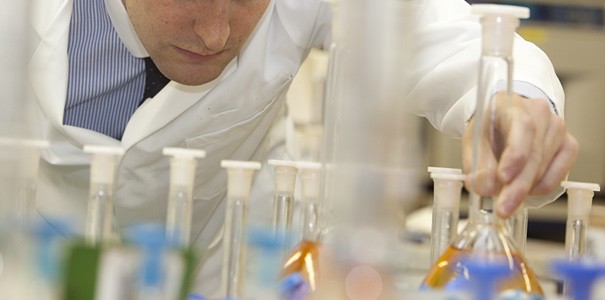Gold & Silver Analysis
Gold and Silver Analysis
GOLD ANALYSIS
The most appropriate method of gold analysis for each individual sample supplied will be assessed, based on AnchorCert Analytical knowledge and technical expertise.
Typical methods of gold analysis:
- Fire Assay Collection: the most usual process for gold is traditional Fire Assay by cupellation (following ISO 11426). This test is accredited to UKAS 17025. This requires small samples of gold to be carefully weighed before being wrapped in lead foil together with a pre-determined quantity of silver. The samples are placed on porous “cupels” and subjected to a furnace firing at 1100 degrees Celsius during which the lead, plus any base metals, are absorbed into the cupel as oxides. This leaves sample beads of pure gold and silver which are boiled in nitric acid to dissolve out the silver and then annealed to complete the process, leaving just fine gold. A comparison of the weight of the pure gold with the weight of the original sample provides the degree of purity. An alternative method may be used depending upon the concentration of gold.
- Fire Assay – ICP-OES technique for low to medium grade powder/ore samples: A fusion collection, followed by cupellation, dissolution of the precious metal bead in an appropriate acid matrix and final determination by ICP-OES.

SILVER ANALYSIS
The most appropriate method of silver analysis for each individual sample supplied will be assessed, based on AnchorCert Analytical’ knowledge and technical expertise.
Typical methods of silver analysis:
- Gravimetric/Potentiometric techniques: Used to determine silver in high grade bullion/metallic samples.
- Fire Assay gravimetric technique: Suitable for samples containing a high concentration of silver. However, accuracy is considerably less, due to silver losses that occur during the cupellation process. Simultaneous analysis of proof silver is carried out to quantify these losses and a correction applied to the recoveries to improve accuracy.
- Potentiometric analysis of silver: Samples are first dissolved and the silver content of the resulting solution determined by a Potentiometric titration (following the principles of ISO 11427).
- Inductively coupled plasma optical emission spectroscopy techniques (ICP-OES): This technique is suitable for trace levels, or alternatively samples of greater than 999 ppt (parts per thousand) purity. Fire assay collection procedures for precious metal samples, or acid digestion with an ICP-OES finish, are alternative techniques which can be used for the determination of silver in ores, powders or catalyst samples.
Your item has been added to the basket
You need to create an account, or login before you can add this item to your basket.




